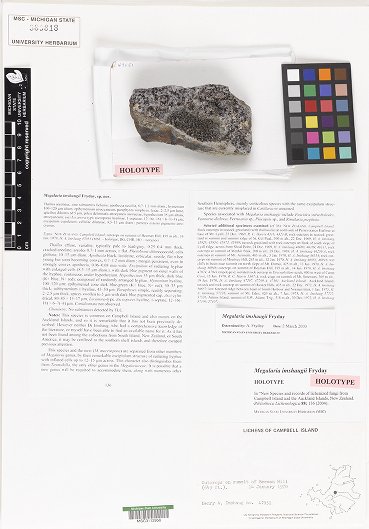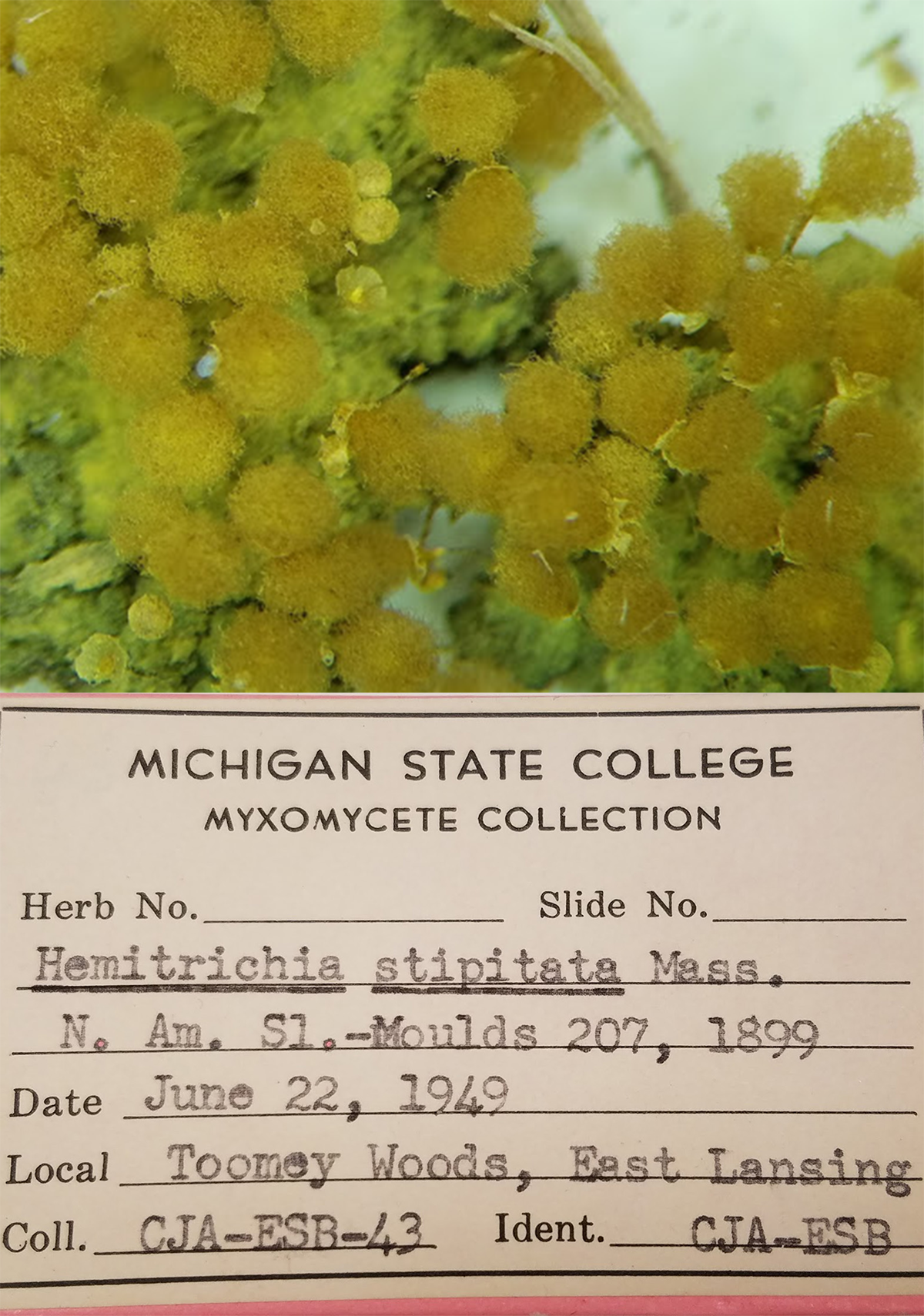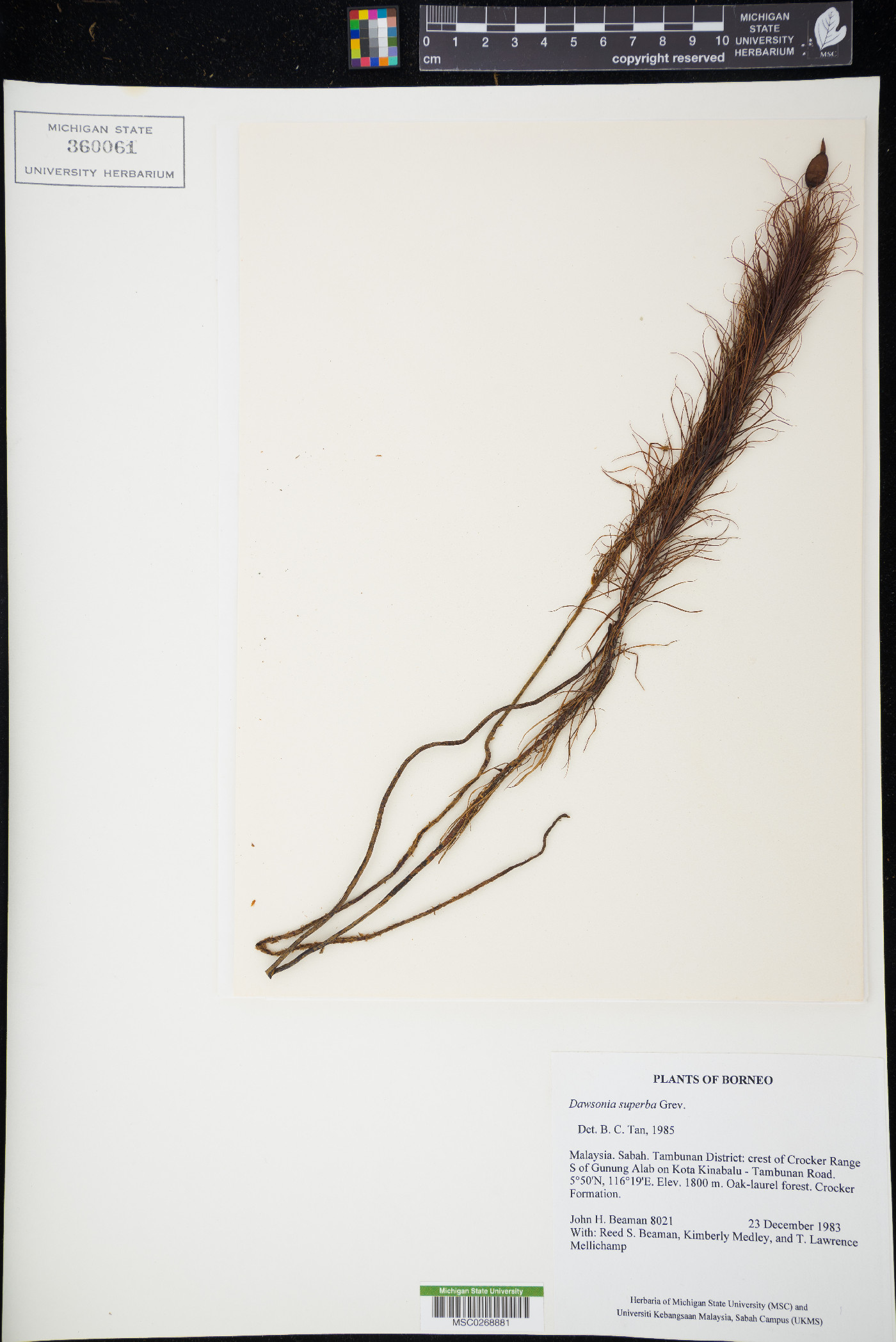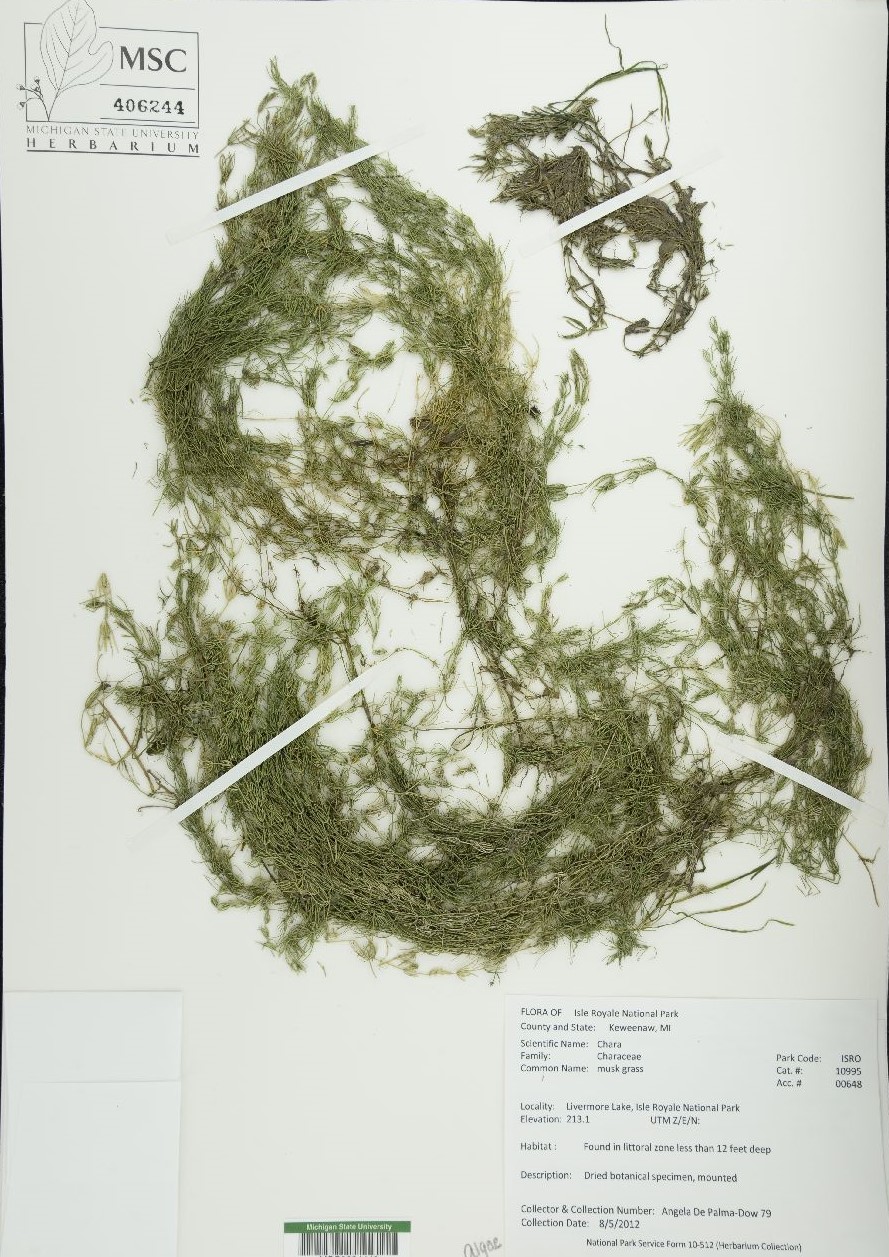Collections
The MSU Herbarium has a worldwide collection of all groups of plants, as well as lichenized and non-lichenized fungi. Current holdings number about 522,800 specimens, with approximately 324,200 specimens of vascular plants, 126,400 lichenized fungi, 41,800 non-lichenized fungi, 26,100 bryophytes, and 4,300 algae. Over 2,000 type specimens are housed here.

.png)
| Location | Vascular | Lichens | Bryophytes | Algae | Microfungi |
|---|---|---|---|---|---|
| Michigan | 22.0 | 14.3 | 24.4 | 0.8 | 15.1 |
| North America (excl. MI and Mexico) | 49.0 | 48.7 | 38.9 | 87.1 | 71.3 |
| Mexico, Latin America, and Caribbean | 16.0 | 22.5 | 23.5 | 3.7 | 1.9 |
| Asia | 10.0 | 0.8 | 0.1 | 0.5 | 0.1 |
| Europe | 5.3 | 0.6 | 6.5 | 11.4 | |
| Africa | 1.1 | 0.0 | 0.8 | 0.0 | |
| Australia and Oceania | 7.3 | 12.5 | 0.5 | 0.0 | |
| Cultivated | 3 | 0.0 | 0.0 | 0.0 | 0.0 |
Vascular plant collection
The vascular plant collection contains approximately 324,200 specimens, including nearly 70,000 from the Michigan and Great Lakes region. Due to the contributions of the historic Cooley collection and many of the vouchers from the First Geological Survey of Michigan by George Houghton and his colleagues, our holdings provide a good representation of Michigan Flora dating back to the 1820s and 1830s. Some of our other notable holdings include Bornean and Mexican collections of Dr. John Beaman and his colleagues, Bahama Islands collections of Dr. William T. Gillis, North American floristic collections of Dr. John Churchill, the historical wheat variety collection of Dr. William James Beal, and the Michigan and Great Lakes floristic collection. Our collection of North American and Mexican Asteraceae is also especially strong, with many specimens collected by Dr. Beaman or received on exchange from his colleagues.
Many of our vascular plants are available to search online. Michigan State University Herbarium holds approximately 2,000 vascular plant type specimens. Most of these are available on the JSTOR Global Plants database.
Lichen collection
The lichen collection at the MSU Herbarium, with approximately 126,400 accessioned specimens, is among the 10 largest in North America and, because of its geographic scope, is of international importance. Our lichen collection includes specimens representing approximately 4000 taxa, but in addition to its overall size, geographical diversity, and comprehensive coverage it also includes an extensive collection of exsiccati, many type specimens, and numerous other collections of historical significance.
The collection was assembled largely by Dr Henry A. Imshaug (curator of the Cryptogamic Herbarium from 1958 to 1990) and his graduate students, who included I. M. Brodo, R. C. Harris & C. M. Wetmore, among others. Recent growth can be largely attributed to Dr. Alan Friday during his tenure as Assistant Curator.
The collection is notable for its extensive holdings of crustose taxa, and for collections from rarely-visited island groups of the Southern Hemisphere, and the exsiccati collection, which contains nearly 12,000 specimens, many of which are not otherwise available in North America. Further details about Imshaug’s collection can be found here.
More details on the history of this collection can be found on the History of the MSU Herbarium Page. For information on accessing specimens online, click here.
Non-lichenized fungi collection
The non-lichenized fungi collection, containing approximately 41,800 specimens is made up of specimens from North America, Europe, Latin America, the Caribbean, and Asia. Major contributions of this collection come from the efforts of Elam Bartholomew, who collected and distributed many Exsiccati, mainly in the United States, and J. Dearness, who contributed over one thousand Canadian specimens. Hundreds of specimens were also added to this collection by Dr. William James Beal.
While they are not fungi, this collection also contains slime molds, including 47 collected by the famed C. J. Alexopoulos, mycologist who taught at MSU from 1952 to 1956. During his time at MSU, Alexopoulos also published his text, Introductory Mycology.
Bryophyte collection
The bryophyte collection holds over 26,100 specimens. About one quarter of the specimens are from Michigan, with 39 percent coming from other regions of North America (excluding Mexico), 23.5 percent from Mexico, Latin America, and the Caribbean, 12.5 percent from Australia and Oceania, and select specimens from Asia, Europe, and Africa. A significant proportion of our moss collection came from John A. Churchill and John J. Engel, who each deposited well over one thousand bryophyte specimens to the MSU Herbarium.
Algae collection
The algae collection holds over 4,300 specimens collected from 31 countries around the world. Over one third of the macroalgae specimens were collected by F. S. Collins, Josephine E. Tilden, and N. L. Gardner. While a majority of these were collected in the United States, hundreds came from Bermuda, Germany, and Canada. Bermuda specimens were largely collected by F. S. Collins and A. B. Hervey during their expeditions in the early 1900s.
Learn more about other collections on the MSU campus at the Collection Council Website!
.jpg)



